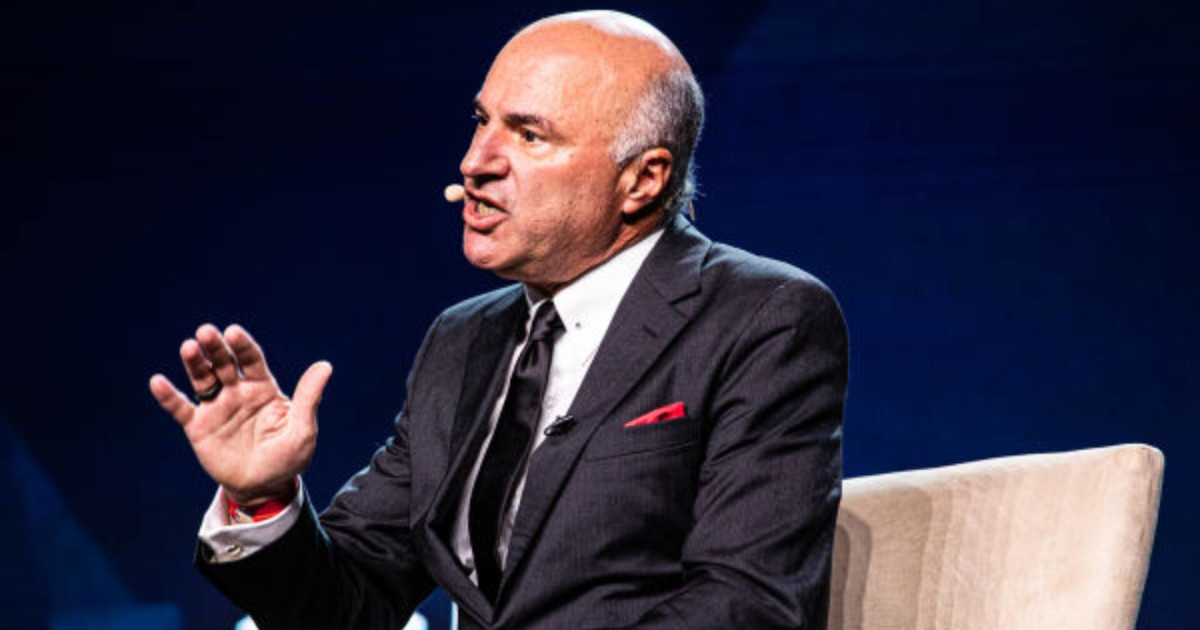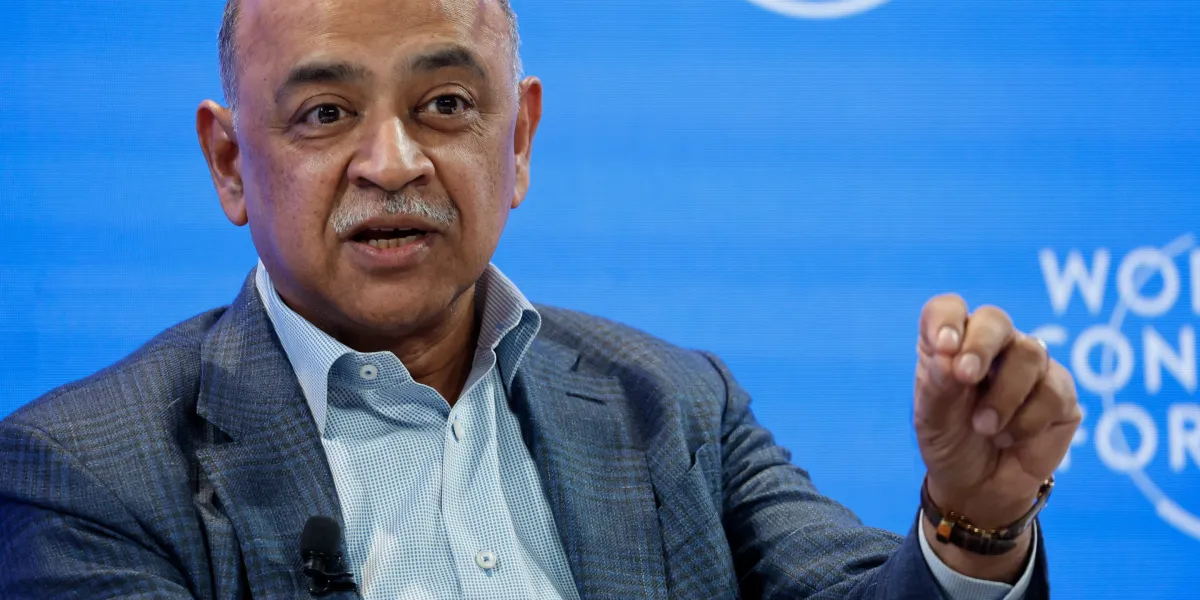Copyright The Street

Between July 2024 and June 2025, a persistent shortage of available homes limited options for buyers, and properties that did come to market were often priced beyond the financial reach of many homebuyers. Mortgage rates averaged 6.69% over the year, further reducing affordability, according to the National Association of Realtors (NAR). This environment led to fewer first-time buyers entering the market, while existing homeowners benefited from continued increases in home equity. The housing market showed signs of polarization. A record share of purchases were completed entirely with cash, while participation from people buying their initial home fell to a historic low. “The share of first-time homebuyers dropped to a record low of 21%, while the typical age of first-time buyers climbed to an all-time high of 40 years,” the NAR pointed out in a statement that received widespread media attention. According to NAR’s analysis, the share of first-time buyers has contracted by half since 2007, just prior to the Great Recession. The findings suggest that younger households are accumulating less housing wealth compared to previous generations. Kevin O’Leary weighs in on a mortgage proposal Grappling with the implications of these housing market developments, policymakers have struggled to put forth viable solutions. One mortgage strategy proposed by President Trump via a Truth Social post involved encouraging homebuyers to take on a 50-year mortgage as an alternative to the more common 30-year and 15-year mortgage. Kevin O’Leary, the entrepreneur and investor who appears on ABC’s “Shark Tank,” was among the influential commentators to take issue with this proposal. “I don’t think that’s really going to change the metrics for people,” he said in post on X. “What’s happened in the mortgage market over the last four years is we had this extraordinary period where interest rates were sub-4%, so mortgages of 3.8% to 4.2%, which is extraordinary over a 50-year metric.” “We have to remember, mortgages in America have been 7% forever, and many people bought homes or were successfully ending up owning all the equity in them at 7%,” he continued. “We even went up to 17% for a while (in the early 1980s). But during this really strange period, rates went down below 4%, and people yearned for that.” O’Leary explained his view on Trump’s mortgage suggestion. “This is just kind of a financial engineering, because the amount of interest you’re going to pay over 50 years, you’ll never own the home,” he said. “That’s the problem. It’s the same as renting in my view, so I don’t like the idea.” The reason the proposal might feel more like renting is because homeowners who would choose a 50-year mortgage would spend an agonizingly large amount of money simply paying interest on their home loans to a bank rather than on the principal. How a 50-year mortgage would apply to various home prices Assuming a fixed 6% annual interest rate with a 20% down payment, with no property taxes, insurance, HOA fees or other costs factored in, here is a look at what a homebuyer would end up paying in interest during the course of a 50-year mortgage (compared to a 30-year mortgage): For a $500,000 home, the loan amount would be $400,000. A 30-year mortgage would result in a monthly payment of $2,398.20 and total interest of $463,352. A 50-year mortgage would lower the monthly payment to $2,106.29 but increase total interest to $866,774. For a $750,000 home, the loan amount would be $600,000. A 30-year mortgage would require a monthly payment of $3,597.30 and total interest of $695,028. A 50-year mortgage would reduce the monthly payment to $3,159.44, while total interest would rise to $1,300,161. For a $1 million home, the loan amount would be $800,000. A 30-year mortgage would have a monthly payment of $4,796.40 and total interest of $926,704. A 50-year mortgage would lower the monthly payment to $4,212.59, but total interest would increase to $1,733,548. For a $1.25 million home, the loan amount would be $1 million. A 30-year mortgage would result in a monthly payment of $5,995.50 and total interest of $1,158,380. A 50-year mortgage would reduce the monthly payment to $5,265.74, while total interest would rise to $2,166,935. For a $1.5 million home, the loan amount would be $1.2 million. A 30-year mortgage would require a monthly payment of $7,194.60 and total interest of $1,390,056. A 50-year mortgage would lower the monthly payment to $6,318.89, but total interest would increase to $2,600,322. Trump administration official endorses 50-year mortgage plan Federal Housing Finance Agency Director Bill Pulte — who oversees both Freddie Mac and Fannie Mae in his role, and also serves as Chairman of their boards — appeared to be taking action on Trump’s 50-year mortgage proposal.



